This page provides useful arrangements of Tomix N-gauge sectional track. These "snippets" serve to help understand how the Tomix track system works, and they can be incorporated into layout designs. Tomix track piece designations use millimeter measurements. Remember that 280 mm equals about 11 inches, 140 mm is about 5.5 inches, and 37 mm is about 1.5 inches. Clicking on most images will bring up a larger version, which can then be saved or printed out. The drawings below were made with AnyRail software, which includes a Tomix track library.
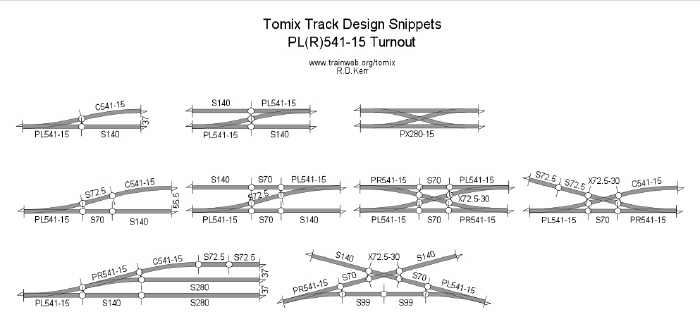
Figure 1: PL(R)541-15 Turnouts - The P541-15 turnout is the size most commonly used in Tomix layouts. Remember that ideas shown in these drawings can also be made in mirror-image. Feel free to experiment on your own, as well.
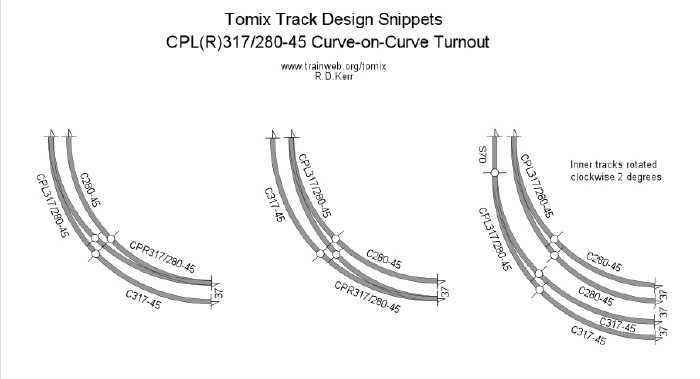
Figure 2: CPL(R)317/280-45 Turnouts - The left- and right-hand Tomix curve-on-curve turnouts are another large turnout design. They are useful for maximizing siding and straight track lengths within a given layout space (see additional drawings below).

Figure 3: PLR541/280-15 3-Way Turnouts - The 3-way turnouts incorporate a 541 mm radius diverging route to one side and a 280 mm radius route to the other side. They end symmetrically, and two versions (LR and RL) are offered. They can save a lot of space in yard throats and other low-speed applications.
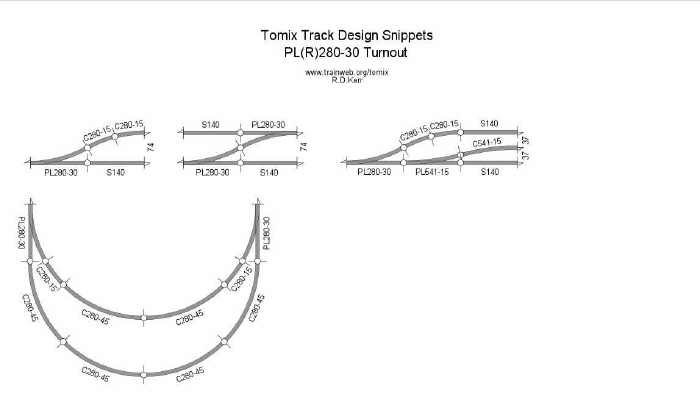
Figure 4: PL(R)280-30 Turnouts - The P280 turnouts are generally used to expand basic track ovals bought as part of a train set, since they can be substituted wherever there is a C280 curve. They do not conform to the 37 mm Tomix standard spacing for parallel tracks, instead creating tracks twice as far apart (74 mm).
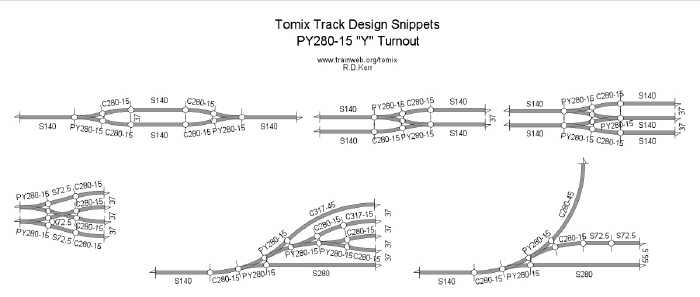
Figure 5: PY280-15 "Y" Turnout - This Y-shaped turnout seems to be more popular among modelers than the PL(R)280-30 turnouts of the same radius. It is another space saver. It works well to make classic passing tracks for trolley or tram lines, or at stations on single-track light railways.
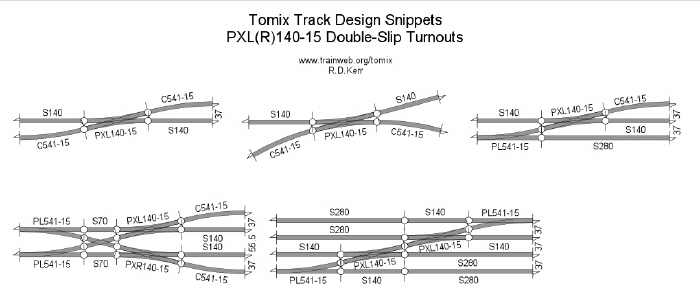
Figure 6: PXL(R)140-15 Double-Slip Turnouts - These double-slip turnouts, like their full-size counterparts, are useful coming out of a storage yard or in complex trackwork at a major multi-track passenger terminal. They are the same size as the XL(R)140-15 crossings below.

Figure 7: XL(R)140-15 Crossings - These crossings are designed to work with the P541-15 turnouts to create more complex trackwork installations.
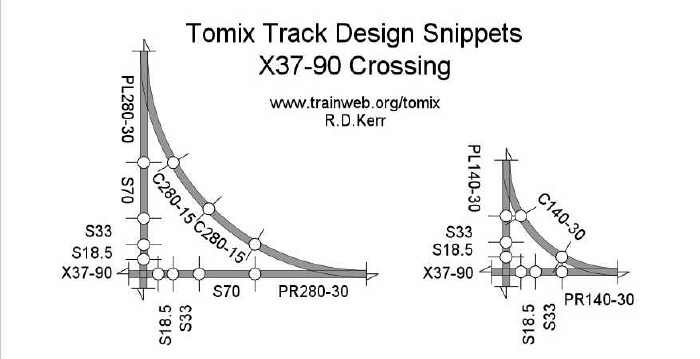
Figure 8: X37-90 Crossing - The X37-90 is the classic right-angle track crossing "diamond."

Figure 9: S158.5 Straight Track - The S158.5 is simply an S140 stretched with an additional 18.5 mm. It is used in applications like the ones shown here. An S140 combined with an S18.5 will accomplish the same thing and be more flexible in your track collection if you change your layout a lot, but will be more expensive.
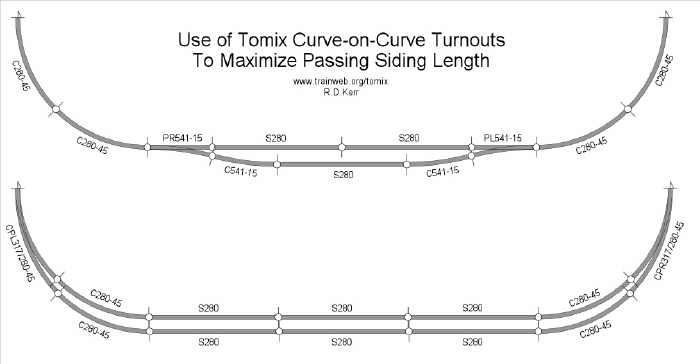
Figure 10: Passing Sidings (Part 1) - This drawing demonstrates how curve-on-curve turnouts can enable a modeler to fit a longer passing or station siding into a given available length of space.
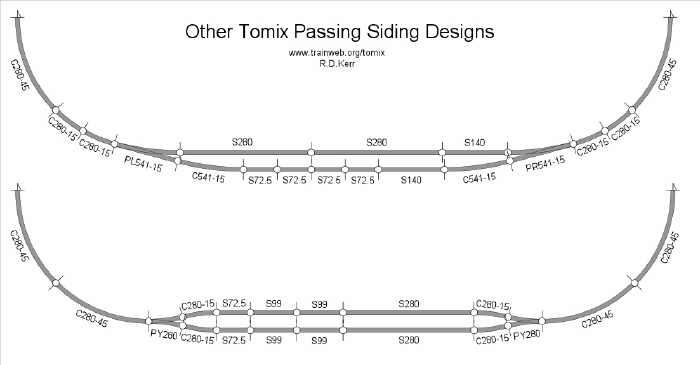
Figure 11: Passing Sidings (Part 2) - The first additional design uses 541 mm radius angled turnouts and curves to eliminate an immediate left-right curve transition, while also easing the train into and out of the C280 curves. The second design shown uses the "Y" turnouts, just for the fun of it. All four examples shown here fit in the same space.
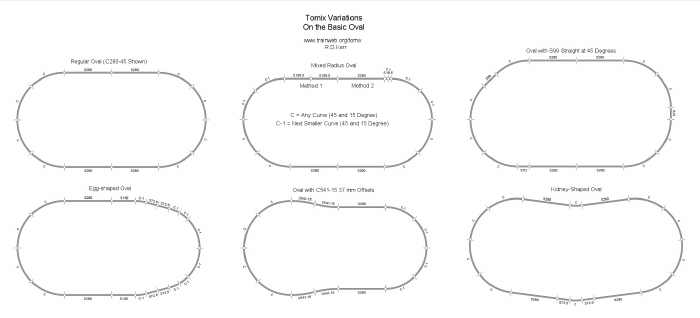
Figure 12: Basic Oval Variations - These drawings begin with a basic Tomix track oval, then show a variety of designs that can be made from it.
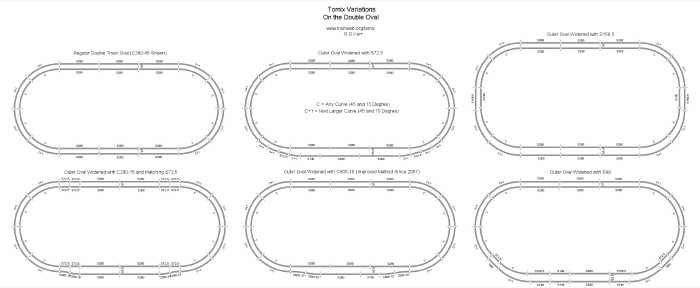
Figure 13: Double Oval Variations - In a similar way, these drawings begin with a basic Tomix double track oval arrangement. They then show a variety of ways to increase the track spacing along the bottom edge of the oval to 55.5 mm, to accommodate an island platform station.
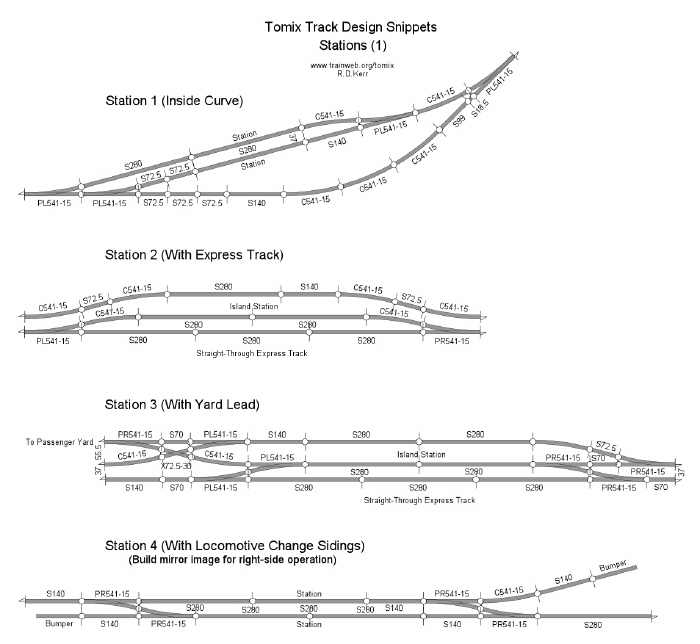
Figure 14: Stations - Here are drawings of various station arrangements. "Station 2" shows a typical Japanese arrangement, with a straight-through express track bypassing the station platform. The track arrangement in "Station 3" keeps the express bypass track and also allows a train to go to or from the yard to either station track. "Station 4" is designed (with left-side operation) to cut an engine from a train in the station, then either run the engine around to the other end, or put it in a siding and bring out a second engine from the other siding to take the train in either direction.